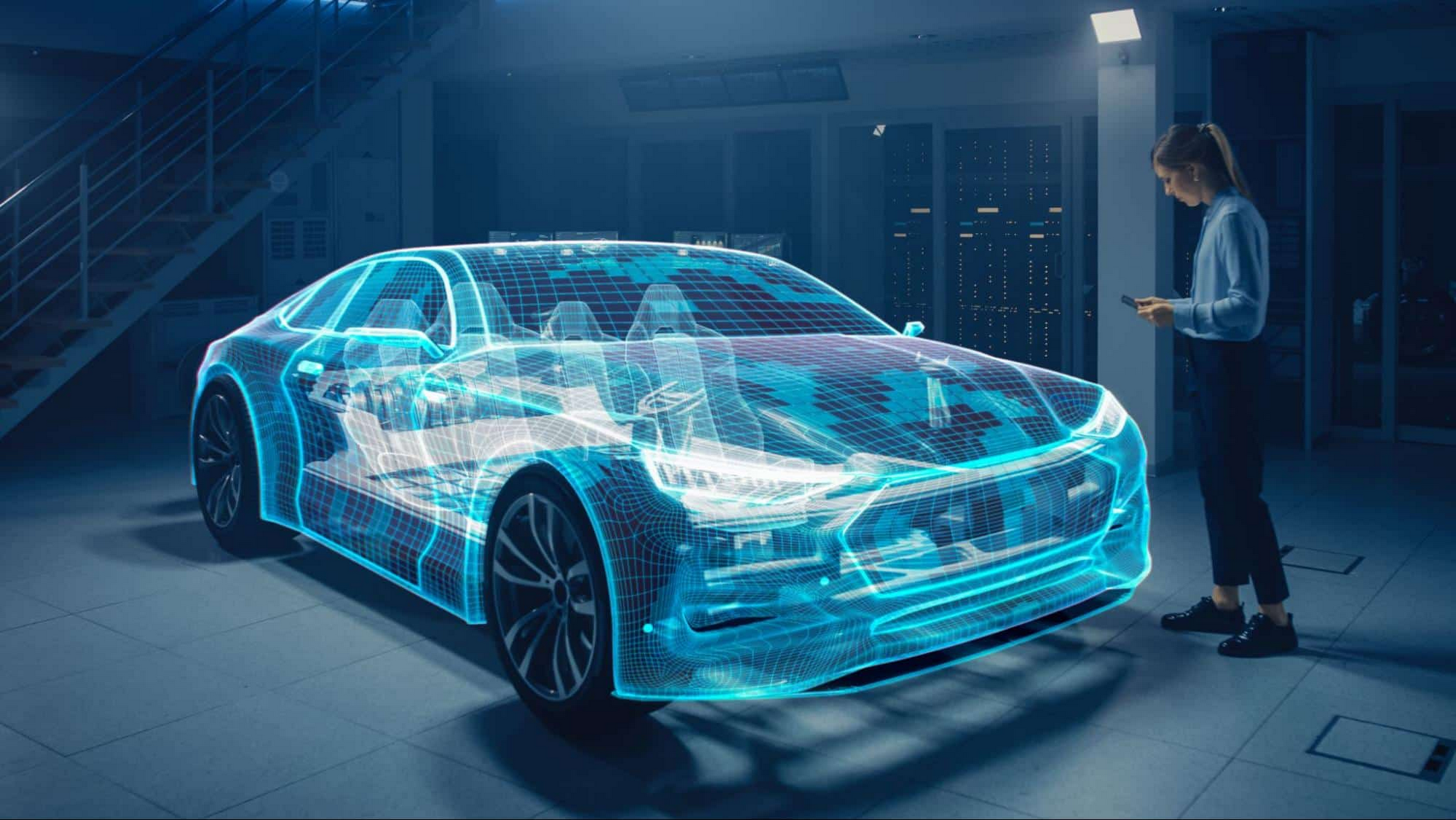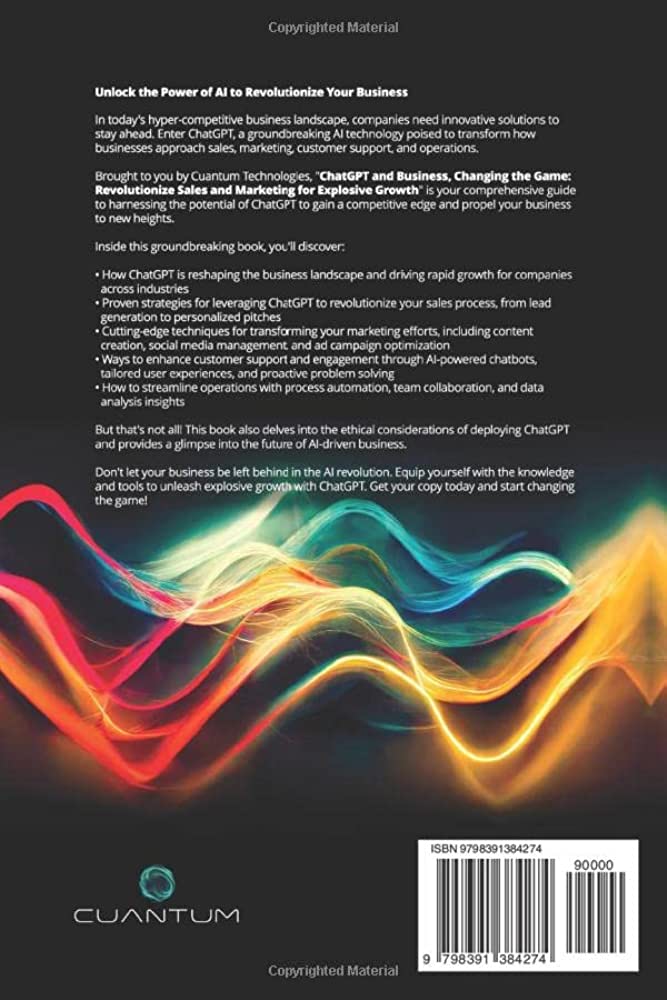Artificial intelligence-driven solutions are revolutionizing automotive safety. These solutions are reshaping the industry and enhancing vehicle safety features.
The automotive industry has come a long way since the production of the first car in 1885. Technology has been the driving force of innovation and evolution, radically altering the way people drive today. With the advent of artificial intelligence (ai), the automotive industry has transformed at an unprecedented pace.
Ai has enabled us to integrate advanced systems that can facilitate better, smarter, and more efficient driving experiences. One of the essential aspects of this integration is the prioritization of safety. Ai-driven solutions have revolutionized automotive safety by enhancing the features of vehicles, making them safer, intelligent, and more reliable. This article will explore how ai-driven solutions are revolutionizing automotive safety.

Credit: cloud.google.com
Ai-Driven Solutions For Automotive Safety
Automotive safety has come a long way in the past few decades. Modern cars are equipped with an abundance of safety features such as airbags, anti-lock brakes, and backup cameras, to name a few. However, the addition of ai-driven solutions is revolutionizing automotive safety in unprecedented ways.
In this blog post, we will focus on the significance of ai-driven solutions for automotive safety. Specifically, we will discuss the role of ai for accident prevention, how ai can improve current safety features, and the use of ai for autonomous driving.
The Role Of Ai For Accident Prevention
Accident prevention is at the forefront of every manufacturer’s mind in the automotive industry. The use of ai can significantly reduce accidents on our roads.
- Ai-powered driver monitoring systems can detect the driver’s fatigue and alert them in advance, avoiding accidents caused by drowsiness.
- Ai algorithms can precisely detect road signs, spot pedestrians in hard to see areas, detect changes in traffic patterns, and alert drivers to potential hazards, helping them navigate dangerous conditions.
- Ai can help vehicles stay in their designated lanes and warn distracted drivers to get back on track.
- Real-time vehicle data analysis can forecast traffic congestion, giving drivers an early warning to avoid peak hours and reduce the risk of accidents.
How Ai Can Improve Current Safety Features
Ai can integrate seamlessly with existing safety features, enhancing the safety and reliability of modern vehicles.
- With the help of sensors and cameras, ai can provide real-time data that can be used to adjust speed and brake settings, ensuring smoother driving experience.
- Advanced ai-powered adaptive cruise control systems can automatically adjust speed to maintain a safe following distance, reducing the risk of accidents.
- Ai-enabled parking assist features can park vehicles more precisely and safely, reducing the possibility of collisions with other vehicles.
- Ai-supported tire pressure monitoring can detect and warn drivers of any tire slipperiness in real-time, reducing the risk of tire blowouts while driving.
The Use Of Ai For Autonomous Driving
Ai-powered autonomous driving is the future of the automotive industry. It takes driving a step ahead, increasing safety while providing an enjoyable driving experience.
- Self-driving cars can significantly decrease the occurrence of accidents caused by human error.
- With the help of ai, autonomous vehicles can predict and avoid potential accidents by continuously analyzing data from various sources, such as route maps, weather reports, and traffic patterns.
- Ai-driven autonomous vehicles can communicate with one another, enabling them to drive in harmony on roads and highways, reducing accidents related to sudden lane changes
- Autonomous vehicles can optimize travel routes, reduce traffic congestion, and make use of the best possible route to avoid accidents and traffic jams.
Ai-driven solutions are the future of automotive safety. It can improve existing safety features, provide accident prevention, and enable autonomous driving, which leads us to a world with fewer accidents, better traffic management, and safe driving.
Challenges And Future Of Ai For Automotive Safety
Revolutionizing Automotive Safety With Ai-Driven Solutions
As we move towards a future where cars are no longer a luxury but a necessity, the need for ensuring automotive safety has become more crucial than ever. With technology evolving round the clock, artificial intelligence (ai) has the potential to revolutionize the automotive industry’s safety standards.
However, as with all technologies, there are still challenges to overcome. We will discuss some of the potential limitations of ai for automotive safety, along with proposed solutions and future possibilities of ai-driven solutions for automotive safety.
Discussion Of The Potential Limitations Of Ai For Automotive Safety
Ai technology is currently limited in certain aspects when it comes to ensuring automotive safety.
- Data limitations: Ai-driven solutions rely on a massive amount of data to accurately predict and control a vehicle’s movements. However, there is a lack of sufficient data that can be used to train ai algorithms effectively.
- Lack of specificity: Ai algorithms can be designed to recognize and react to known situations, but they tend to struggle with unfamiliar circumstances. This challenge can result in slow reactions and potentially fatal accidents.
- Cybersecurity concerns – with the advent of ai-driven solutions, the security of data and systems becomes even more critical. Any kind of malfunction or cyber attack could lead to safety threats.
Proposed Solutions For Overcoming These Challenges
Thankfully, there are a few proposed solutions to overcome the challenges of ai for automotive safety:
- Better data collection: To train ai algorithms efficiently, data collection needs to be improved. This can be achieved by partnering with companies that specialize in data collection and investing in collecting more real-world data.
- Designing self-learning algorithms: A self-learning algorithm would allow the system to adapt to unfamiliar situations, learn from them and improve over time without necessarily having to rely on being taught every possible scenario.
- Enhanced cybersecurity measures – as ai solutions become more prevalent in the auto industry, cyber attackers are anticipated to shift their focus. Enhancing cybersecurity protocols is therefore crucial.
Future Possibilities Of Ai-Driven Solutions For Automotive Safety
The automotive industry is already making significant strides towards the integration of ai-driven solutions and holds even more potential for the future.
- Accident prevention: With the aid of ai, vehicles may predict accidents, warn drivers, and take immediate action if deemed necessary, reducing the likelihood of accidents.
- Autonomous driving: The implementation of fully autonomous driving is still a while away. However, the combination of existing technologies and ai has brought us closer to achieving this goal. Once fully realized, self-driving cars have the potential to greatly minimize driving-related accidents.
- Individualized vehicle configuration: Ai algorithms combined with sensor technology may enable individualized vehicle configuration for different drivers. Factors like style of driving or health problems can be considered and adjusted accordingly.
There are still challenges to overcome, but the potential benefits of utilizing ai-driven solutions for automotive safety are vast. The automotive industry continues to innovate, and we look forward to seeing how ai will play a significant role in shaping the safety of future vehicles.
Frequently Asked Questions For Revolutionizing Automotive Safety With Ai-Driven Solutions
How Does Ai-Driven Automotive Safety Work?
Ai-driven automotive safety uses data-driven techniques like image recognition, pattern recognition, and predictive analysis to detect potential hazards and provide real-time alerts to drivers.
What Are The Benefits Of Ai-Driven Automotive Safety?
Ai-driven automotive safety offers several benefits, including improved driver awareness, reduced collision rates, and decreased vehicle damage. Additionally, it paves the way for autonomous vehicles in the future.
How Can Ai Decrease The Number Of Accidents?
Ai can decrease the number of accidents by using predictive algorithms and real-time data analysis to detect potential hazards in the environment. This enables drivers and vehicles to react faster and avoid any potential collisions.
Is Ai-Driven Automotive Safety Reliable?
Yes, ai-driven automotive safety is incredibly reliable. These systems use vast amounts of data to accurately predict potential hazards and prompt alerts to prevent accidents, making them much more accurate than a human driver’s reaction time.
Conclusion
The rise of ai-driven solutions in the automotive industry has brought about a significant change in how safety is perceived. The integration of ai in the safety systems of vehicles has allowed for a more dynamic and effective approach towards preventing accidents.
From adaptive cruise control to lane departure warnings, these systems provide the driver with a more intuitive and anticipatory driving experience. Additionally, the use of ai in developing autonomous driving technology has opened up new possibilities for improved safety on the roads.
With advanced sensors and deep learning algorithms, these systems are becoming increasingly capable of identifying potential hazards on the road. The potential for these systems to reduce the number of accidents on the roads is immense. As ai-driven solutions continue to evolve, the future of automotive safety is looking more promising than ever before.
It is clear that the integration of ai in the automotive industry is revolutionizing the way we approach safety and is paving the way for a safer and more efficient future on the roads.


